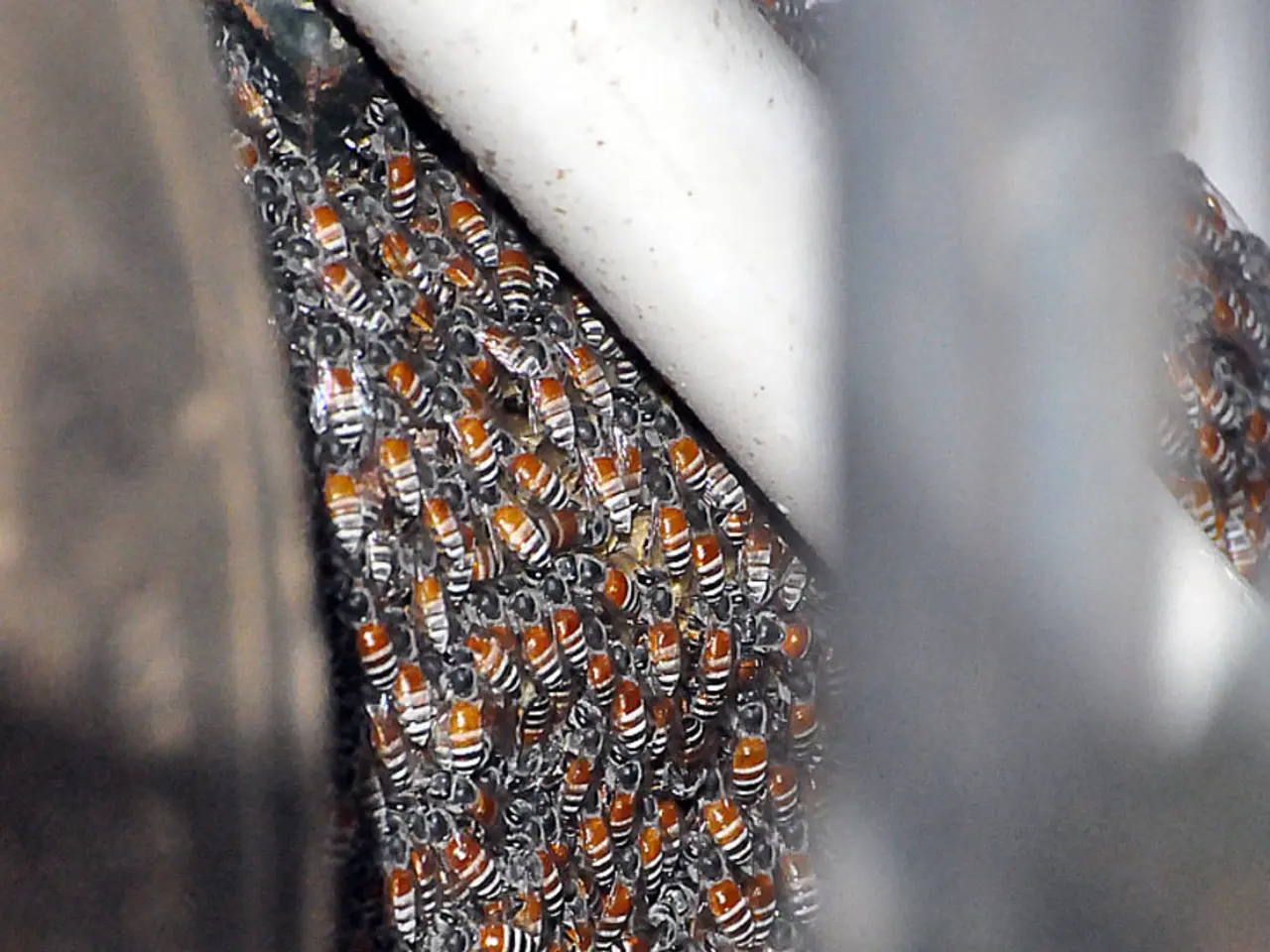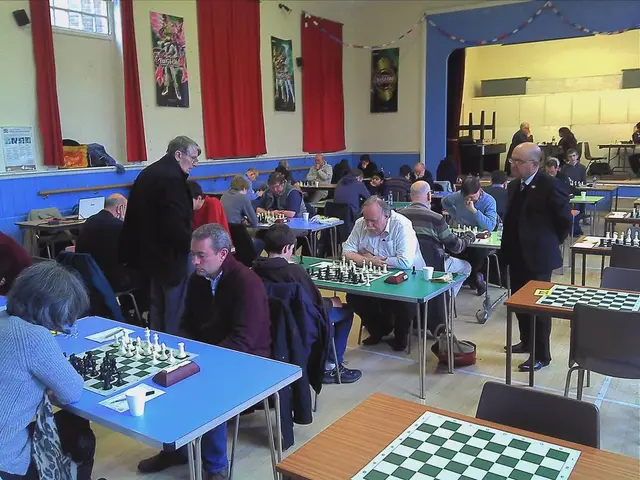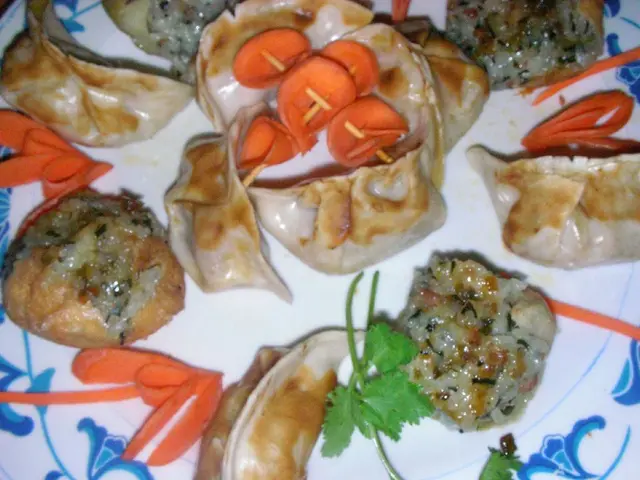Propagating Fragrant Honeysuckle Climbers: July Offers Ideal Conditions for Multiplication, Saving You Money on Additional Plants
Propagating honeysuckle plants is a rewarding task for gardeners, especially during the summer months. Here's a step-by-step guide to help you take honeysuckle cuttings in July, the ideal time for this process due to the soft and strong growth.
**1. Choose the Right Cuttings** Select woody stems that are still slightly flexible. Avoid long, whippy green stems as they are more likely to wilt and cannot retain moisture well. Cuttings should be roughly 12 inches long and have several leaves on them.
**2. Prepare the Cuttings** - Cut the honeysuckle stem into pieces with three or four leaf joints. - Snip just underneath a leaf joint and just above one, retaining one or two leaves at the top of each cutting. - Strip any leaves lower down to prevent rot.
**3. Apply Rooting Hormone (Optional)** Dip the bottom inch of each honeysuckle cutting in rooting hormone powder to encourage root development. This step is optional but can improve the chances of successful propagation.
**4. Plant the Cuttings** Place the bottom half of the cutting into a small pot filled with well-drained potting mix. Adding a bit of grit can help improve drainage. Water the pot thoroughly.
**5. Provide Appropriate Conditions** Place the potted cuttings in a cold frame or an unheated greenhouse, away from direct sunlight to prevent overheating. Keep the soil moist but not waterlogged. In July and August, the soil can quickly dry out, so monitor it regularly.
**6. Monitor and Care** Check the soil every few days by pressing your fingers into the pot to ensure it doesn't dry out. Roots should develop within four weeks. Once rooted, you can carefully repot them into individual containers.
**7. Acclimation and Planting** Keep the newly rooted cuttings in their pots until the following spring, when they will be strong enough to be planted into the border or a larger pot.
**Tips for Successful Propagation** - Propagation timing: July is a good time to propagate honeysuckle as the plants are actively growing and more likely to root quickly. - Moisture management: Keep the cuttings consistently moist but avoid overwatering, which can lead to rot. - Temperature consistency: Maintain a steady temperature to support root development.
Remember, while most honeysuckle varieties are excellent for taking cuttings, avoid propagating Japanese honeysuckle (Lonicera japonica), as it is an invasive climber in several US states.
The process of taking honeysuckle cuttings is simple and cost-effective. Gardeners often take honeysuckle cuttings in the morning because plants are more hydrated. Use clean, sharp tools like Felco F4 pruning snips for taking honeysuckle cuttings.
With these steps, you're on your way to cultivating new honeysuckle plants that can grow into vigorous plants in future years. Happy gardening!
Incorporating honeysuckle cuttings into your home-and-garden or home-improvement lifestyle can yield rewarding results. By following the outlined steps for propagating honeysuckle in your garden, you'll be able to cultivate new plants for your lifestyle and outdoor spaces.




